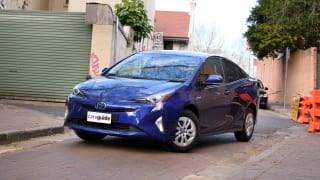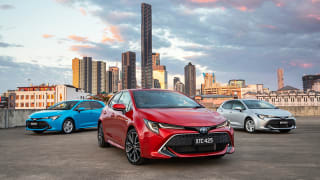As with the BEV and Hybrid, the PHEV comes in two flavours, Elite and Premium, the latter being the car I drove for the week. The PHEV itself is a plug-in hybrid, meaning the car is capable of running purely electric, in combination with an internal-combustion engine and on the ICE alone when the battery runs out.
For the 2020 update, prices are up - the Hybrid's increases by $800, the BEV by a whopping $3500, with the PHEV landing a $1000 whack. Hyundai justifies the price increase with more equipment, but the BEV's electric range boost not translate to the PHEV. Even a few kilometres extra range wouldn't have gone astray. Selfishly, EV pricing should be going south not north to lure customers.

For $46,490 you'll score 16-inch alloys, dual-zone climate control (with driver-only energy-saving option), an eight-speaker sound system, reversing camera, keyless entry and start, front and rear parking sensors, electric driver's seat with memory, sat nav, auto LED headlights, auto wipers, heated windscreen, heated and powered mirrors, ventilated front seats, a heated steering wheel and a tyre-repair kit instead of a spare tyre.
The huge new 10.25-inch touchscreen hosts a very impressive multimedia system that displays a lot of information about the car's electric drivetrain while also running Android Auto, Apple CarPlay and DAB+ digital radio.
















